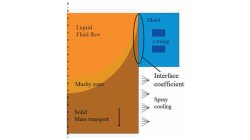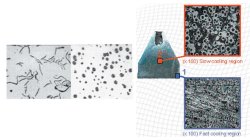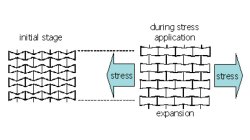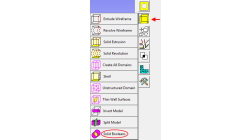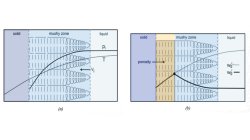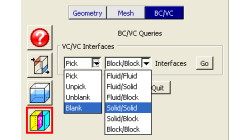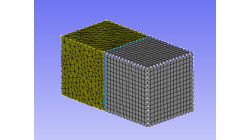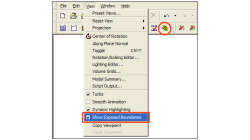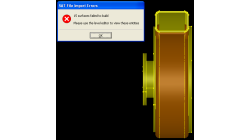- Home
- リソース
- ヒントとコツ
Tips & Tricks
Why is it important to have coupled stress calculations?
Casting process issues related to hot tearing and cracking of the casting, thermal fatigue of dies and prediction of the final shape of a part are a challenge for foundries. Powerful, multi-physics simulation tools are now available to address them. This e-tip will consider the advantages of a fully coupled thermal, fluid flow and stress analysis of casting, in particular in view of the above mentioned challenges.
Casting
Thermomechanical modelling of continuous casting
Two application examples are showing new possibilities to take into account stress and deformation by the simulation of continuous casting processes. The variability of the presented examples prove that the proposed method is not limited to a certain class of applications, dimension and alloy composition. Since the gap formation can now be taken into account, the results are expected to be much more precise. This approach opens a wide field of application in order to better understand and control the heat transport in continuous casting processes.
Bohus
Ulrych
Casting
Modeling the solidification of cast irons
Successfully modeling solidification of Cast Iron is of great help for the foundries to reduce their production costs and thus to increase their profits. If the basic physical solidification phenomena are correctly modeled by the simulation tools mold risering can really be optimized.
Casting
Why it is useful to describe problems in terms of non-dimensional parameters and which ones are the main important in solidification?
A dimensionless quantity is a quantity without any physical units. Such a number is typically defi ned as a product or ratio of quantities which do have units, in such a way that all units cancel. Dimensionless quantities are widely used in the fields of physics and engineering but also in every day life.
Casting
Working with Solids in CFD-GEOM - Part 1: Boolean Operations
Given that today’s users may import several complex parts into CFD-GEOM, this tip will demonstrate how to use the Solid Boolean Union Option to combine several parts into one.
Abraham
Meganathan
CFD
Influences of Solidification Length and Pressure Intensification on Gas Shrinkage Microporosity in Casting Components
Porosity in castings is a major defect since it affects the mechanical properties. In particular porosities are sites for the initiation of fatigue cracks. Therefore, the reduction of porosity fraction and size, the control of porosity distribution and morphology are crucial for the optimization of mechanical resistance of as cast components.
Casting
Using the BC/VC Queries tool in CFD-GEOM
Have you ever whished that you could blank/unblank or pick/unpick only interfaces in a CFD-GEOM model? You can now with the BC/VC Queries tool. This tool allows you to pick, unpick, blank or unblank all the interfaces of the current model based on the interface type (Fluid/Fluid, Fluid/Solid, etc.).
Abraham
Meganathan
CFD
How to create Pyramid cells on structured-unstructured domain interfaces in CFD-GEOM
CFD-GEOM can be used to construct a variety of cell shapes: quadrilaterals (2D) and hexahedrals (3D) for structured meshes; triangles (2D) as well as tetrahedrals and polyhedral/honeycomb (3D) for unstructured meshes; prisms and pyramids (3D) for semi-structured meshes.
Abraham
Meganathan
CFD
New Exposed Boundaries Visualization tool in CFD-GEOM
One of the various new features introduced in CFD-GEOM V2009.2 is the ‘Exposed Boundaries’ visualization tool. This tool allows users to quickly visualize those areas where closure problems remain in an otherwise closed and “watertight” model.
Abraham
Meganathan
CFD
Repairing Imported CAD Geometries in CFD-GEOM
In most cases, importing CAD files in CFD-GEOM results in a clean geometry that can be directly used for further processing and/or meshing. However, for complex models, it is possible that the imported geometry has missing, untrimmed or defective surfaces that need to be manually repaired.
Abraham
Meganathan
CFD

